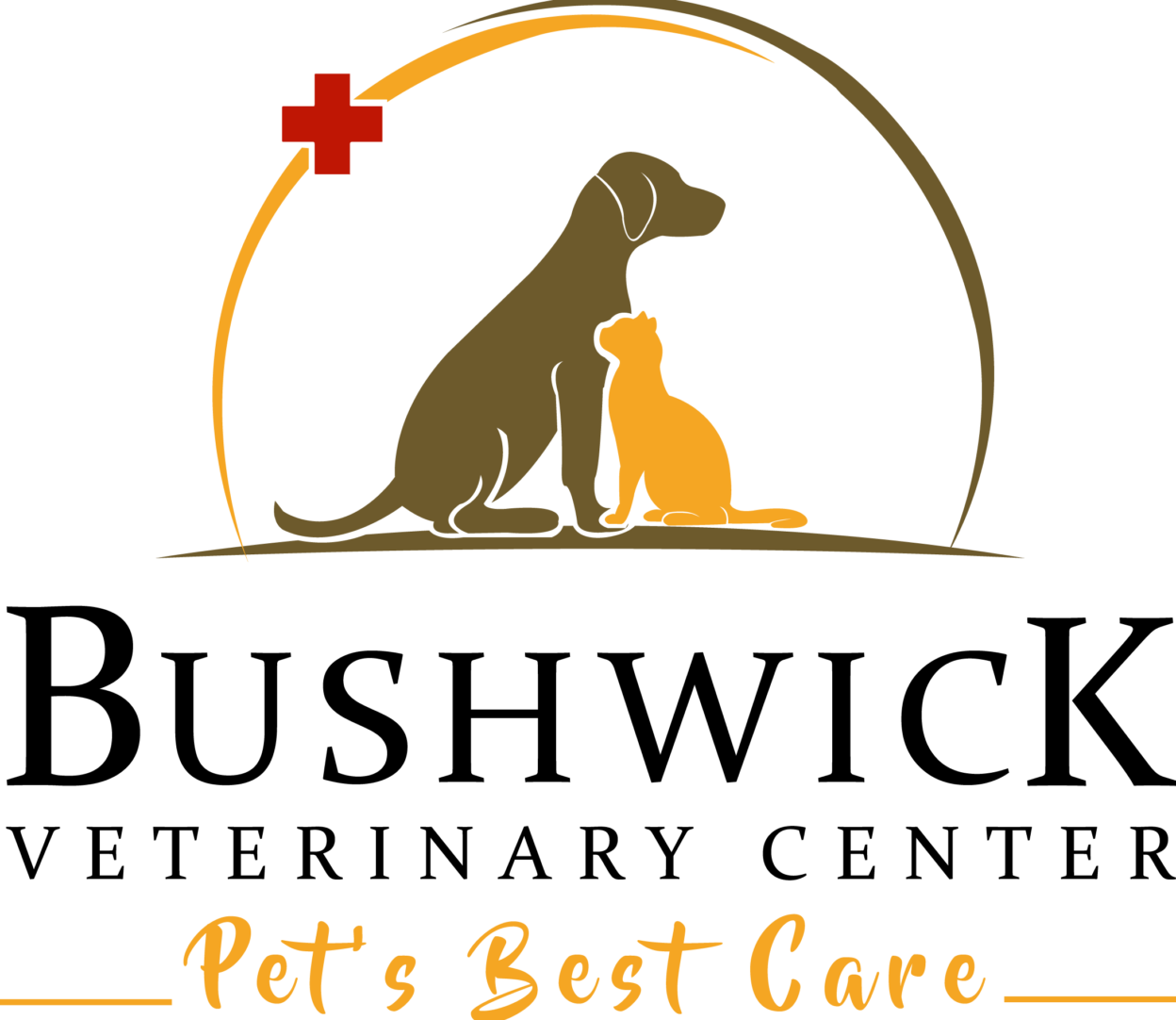Our goal is to provide a comfortable and pain-free experience for your pet through personalized treatment and unparalleled care. Before your pet receives surgery at our clinic, our doctors will need to conduct an exam in order to assess their ability to handle anesthesia as well as evaluate that surgery is the best option. Once they have concluded that surgery is optimal for your pet, they will develop a surgical treatment plan that gives your pet the best care possible while making it financially feasible for you. Once the surgical treatment plan is agreed upon, you can set up a surgical date with the front desk either the day of the appointment or by phone.
The night before a surgical procedure it is important to not give your pet food after 10 pm, or as discussed with your doctor. The morning of your pet’s surgery they are not allowed to have water. This is to ensure that your pet can be anesthetized safely and helps prevent them from vomiting while sedated, which can complicate the surgery and their anesthetic experience. Once they are brought to the hospital and under our care, your pet will be given a pre-medication before they are anesthetized in order to keep them calm and relaxed. Once they are anesthetized they will be prepped for surgery and brought to our top-of-the-line surgical suite where the procedure will take place.
Anesthesia and surgical time will be dependant on the type of procedure your pet is undergoing. Routine procedures such as spays and neuters will take less time to complete compared to more intensive and advanced surgeries such as fractures or tumor/ cancer removal procedures. Once your pet’s surgery is completed and they have recovered from anesthesia, your doctor will let you know how the procedure went and when you will be able to pick up your pet.
After your pet’s surgery, they will require some care at home which will be discussed with you when you come to pick up your pet. At-home care can range from keeping the surgical site clean and dry, to providing warm or cold compresses, or even small levels of physical therapy. Whatever the at-home care may be, our doctors and staff will give you the education and resources to complete it successfully. Some patients will need to return to our clinic for follow-up appointments to remove sutures or to assess your pet’s progress after the procedure. These are to make sure your pet is comfortable and pain-free after surgery.
